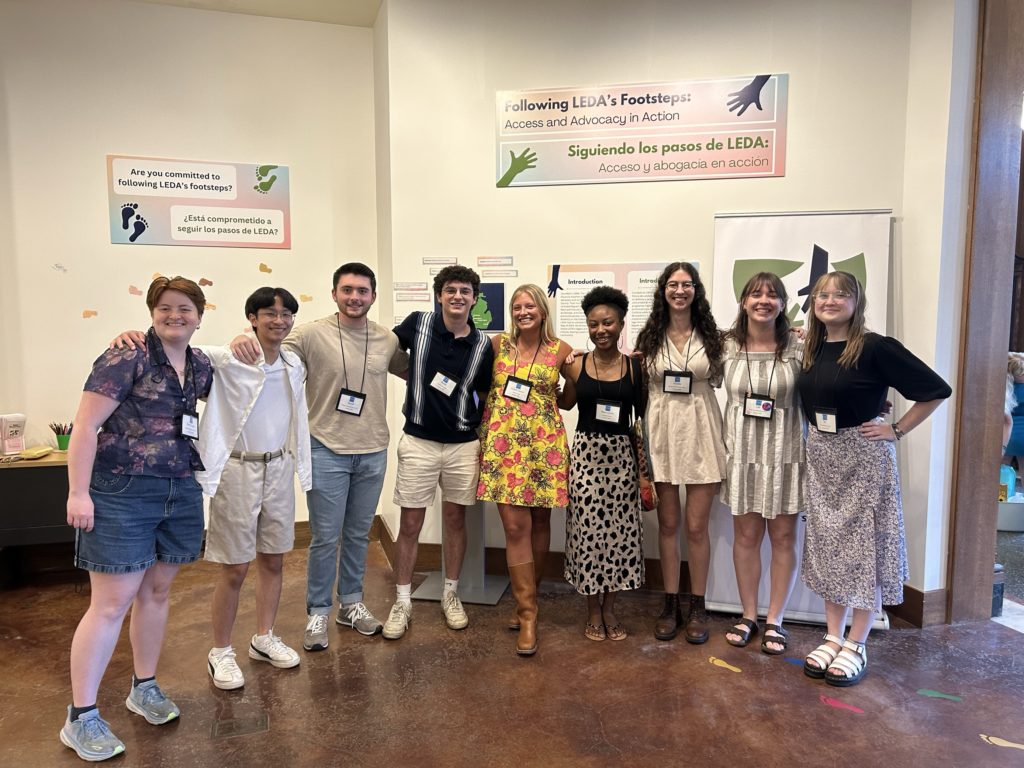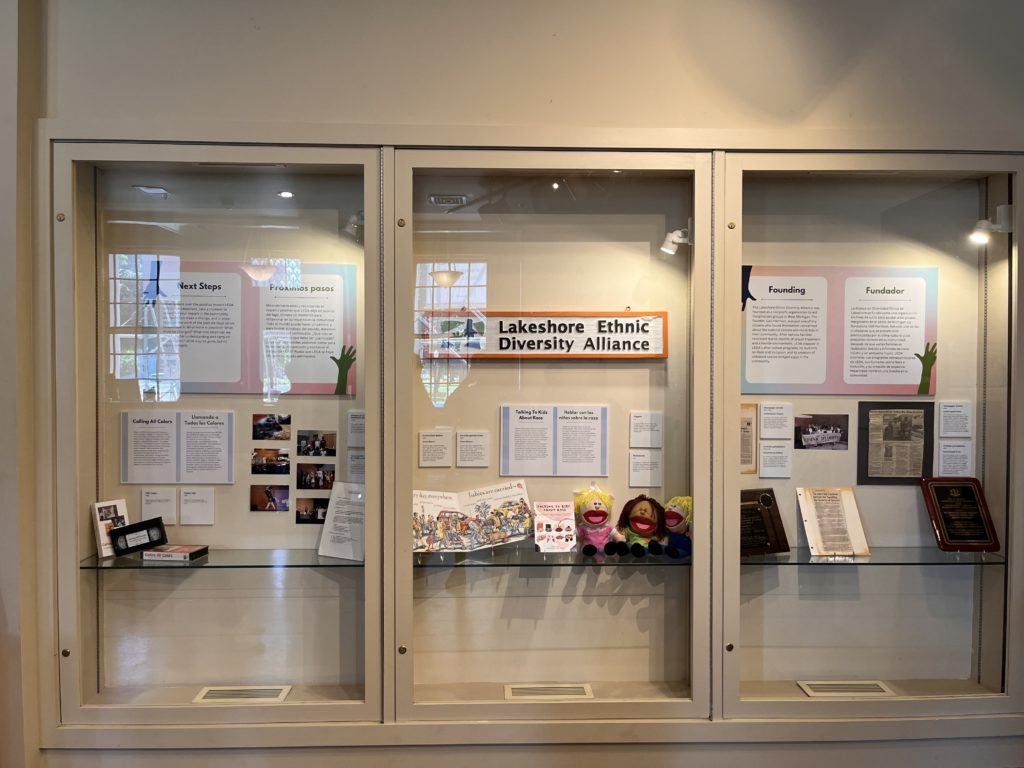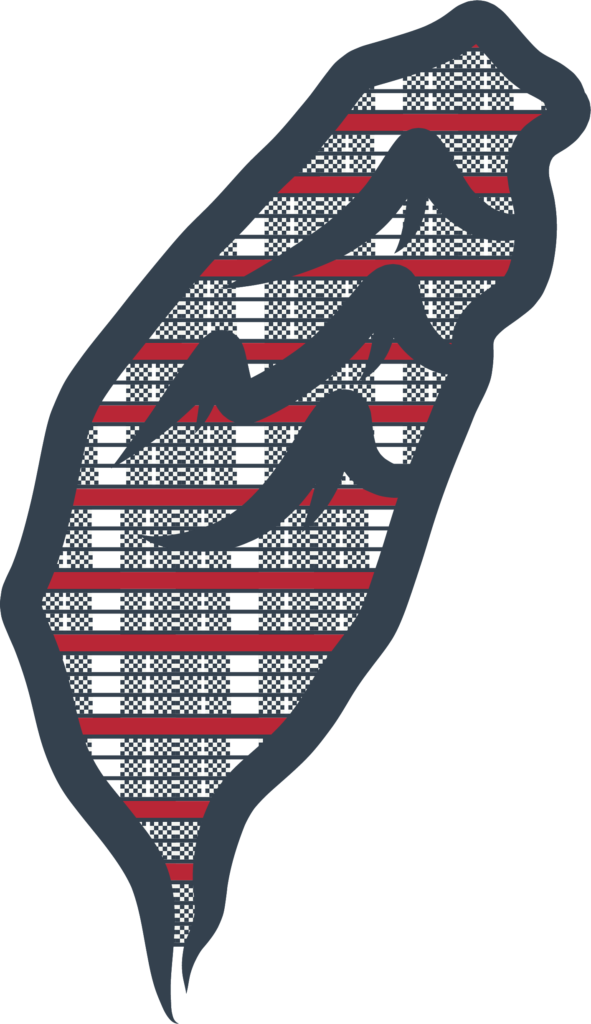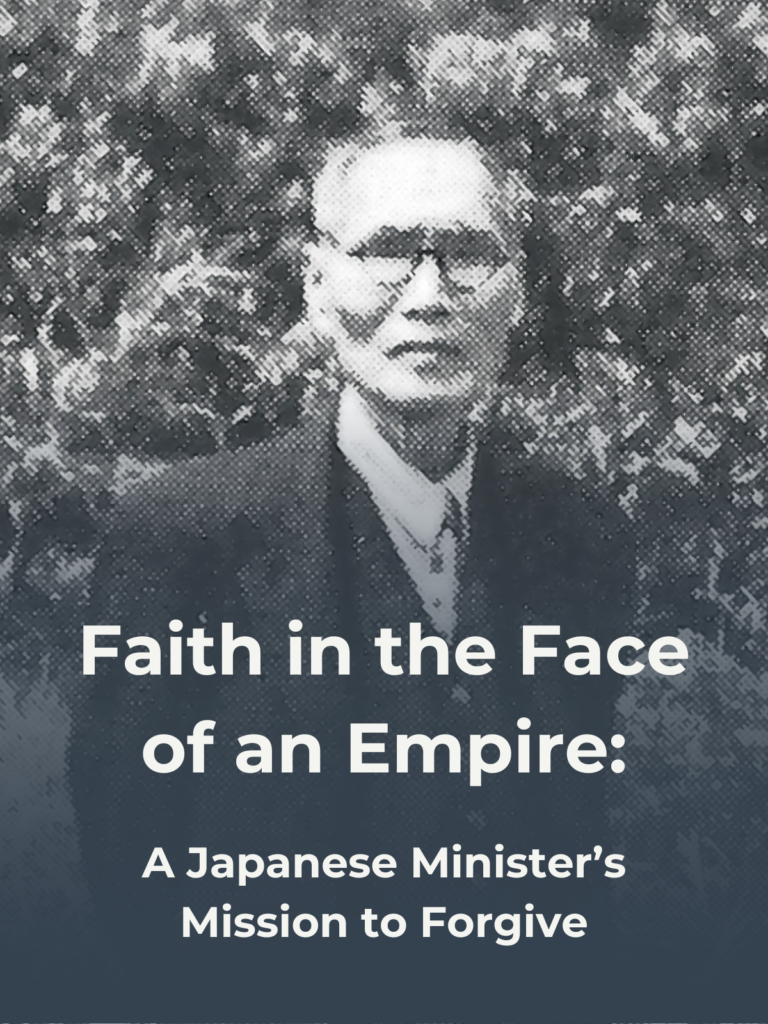Part One of a Two-Part Series
Hope College History students spent the summer of 2024 doing research on a wide variety of topics. They worked in museums, archives, and libraries, and they created Web sites, papers, and exhibitions. Here’s an overview of our summer interns and research assistants, and the work they did in the summer of ‘24.
Lauren Carpenter, Hope College History Major
This summer I worked with the Art and Art History Department, the Kruizenga Art Museum (KAM), and Mimi Tiews (’25) to curate an exhibition for the 10th anniversary of KAM in January, 2025. The exhibition, entitled Saints and Syncretism: The Cult of Saints in a Global Christianity, provides a comprehensive history of the cult of saints and its spread worldwide. Using pieces already in the KAM collection as well as new acquisitions, Saints and Syncretism illustrates how saints are canonized, venerated, and portrayed in global artworks.

19th Century
The lion, the skull, the cross, and the desert setting are all attributes of St. Jerome.
The exhibition features artworks from as early as the Middle Ages to the 21st century from across the globe to represent how the cult of saints has been adopted in different visual cultures from an art historical perspective. These artworks share certain qualities and contain recognizable attributes of saints, but all employ different media and techniques that place them in their respective cultures.
This project was incredibly rewarding to work on to see how the academic research process unfolds in real time; I learned how to co-write a paper and how academics work together to complete a cohesive project. As a grad-school hopeful, I enjoyed this window into what my future career might look like.
Robert Dotson, Hope College History Major
This summer I had the privilege to work for the Holland Museum downtown. I was one of their summer interns and my specific position was Collections Intern. In this job, I had hands-on experience with items in the Holland Museum’s archives. These objects ranged from newspaper articles to military equipment and anything in between. I also conducted research on the museum’s military exhibit. I tried to find out as much as I could about local Holland women who served in the military during the Second World War. I also found names of local Holland men who served who were also members of minority groups. I chose this research topic because the Holland Museum’s military exhibit lacked representation of women and people of color. Those were the parameters of my own personal tasks but I also had the chance to work alongside seven other interns, and we created our very own exhibit! We did research and presented on the Lakeshore Ethnic Diversity Alliance. LEDA was an organization that fought hard to bring representation to all members of the Ottawa County community. It was an honor to bring attention to such a crucial organization. Our exhibit is still currently up in the Holland Museum’s lobby, so please go check it out!


Nick Walker, Hope College History
This summer I assisted Professor Gloria Tseng in the creation and design of a website about the aboriginal peoples of Taiwan. Before receiving this opportunity, I knew little about Taiwan, let alone the history of its often-forgotten indigenous inhabitants. Our project primarily focused on the Atayal tribe, whose ancestral lands lie in the mountainous backbone of the island—a region that happened to be home to one of the largest repositories of natural camphor in the world.

As celluloid, which relies on camphor as a key ingredient, entered the turn-of-the-century consumer market, the Atayal homeland became entangled in this new demand. What captured my attention most was the Japanese colonial exploitation of Taiwan’s camphor trees and the resulting cycle of resistance and oppression. This era of Japanese colonization (1895-1945) was a key period in the erosion of the Atayal identity, a central theme of our project; our site’s tagline even reads, “The Arduous Road to Dignity and Citizenship.”


Amidst the constant violence, a wage dispute led a group of aborigines to behead several Japanese camphor workers. One of those worker’s sons, Minister Inoue Inosuke, was attending a seminary retreat when he heard of his father’s death. Struggling to come to terms with his father’s loss, Inoue eventually purchased a one-way ticket to the island, where he practiced medicine, covertly sharing the gospel among the indigenous peoples. His story is incredibly fascinating—and moving—as it is a microcosm of the complex intersections of camphor exploitation, the paradoxical role Christianity played in imperialism, the struggle for indigenous identity, and, above all, the radical ways in which God’s love manifests.
I am truly grateful for this journey, and for the chance to meet these people a world away, whom I would have otherwise never known.


